Rock Cycle Worksheet Answer Sheet
The Rock Cycle Worksheet Answer Sheet is a valuable resource for students studying earth science or geology who are seeking an organized and comprehensive way to reinforce their understanding of the rock cycle. Designed to provide clarity and facilitate learning, this worksheet offers a clear layout and concise explanations for each question, making it an ideal tool for teachers or homeschooling parents to gauge their students' knowledge and grasp of this essential geological process.
Table of Images 👆
More Other Worksheets
Kindergarten Worksheet My RoomSpanish Verb Worksheets
Cooking Vocabulary Worksheet
DNA Code Worksheet
Meiosis Worksheet Answer Key
Art Handouts and Worksheets
7 Elements of Art Worksheets
All Amendment Worksheet
Symmetry Art Worksheets
Daily Meal Planning Worksheet
What is the rock cycle?
The rock cycle is a continuous process of creating, changing, and destroying rocks on Earth. It involves three main types of rocks - igneous, sedimentary, and metamorphic - and illustrates how these rocks are formed through various processes such as melting, cooling, weathering, erosion, and pressure. Rocks can change from one type to another over a long period of time through natural processes, constantly being recycled and reshaped within the Earth's crust.
How are igneous rocks formed?
Igneous rocks are formed when molten magma from deep within the Earth cools and solidifies either beneath the surface (intrusive igneous rocks) or on the surface (extrusive igneous rocks). As the magma cools, minerals crystallize and form solid rock. The rate of cooling and the mineral composition determine the texture and appearance of the igneous rock.
What causes the cooling and solidification of magma or lava?
The cooling and solidification of magma or lava is caused by the transfer of heat energy from the molten rock to its surroundings, leading to a decrease in temperature. As the magma/lava loses heat, its particles start to move more slowly and eventually come together to form solid crystals, resulting in the solidification of the rock. This process can occur either underground, forming igneous rocks like granite, or on the surface, forming volcanic rocks like basalt.
How do sedimentary rocks form?
Sedimentary rocks form through the accumulation and consolidation of sediment particles, such as sand, mud, and organic matter, that are eroded from pre-existing rocks or produced by biological processes. These sediments are transported by various agents like wind, water, or ice, and eventually settle in layers where they are compacted and cemented together over time. Through processes like lithification, sedimentary rocks gradually form, preserving a record of Earth's history and environmental conditions.
What are the processes involved in the formation of sedimentary rocks?
Sedimentary rocks are formed through a series of processes including weathering, erosion, transportation, deposition, compaction, and cementation. Weathering breaks down existing rocks into sediments which are then transported by agents such as water, wind, and ice to new locations where they are deposited. Over time, these sediments are buried and compacted by the weight of the overlying layers, squeezing out water and air. Cementation then occurs, where minerals precipitate and bind the sediment particles together, forming solid rocks like sandstone, shale, and limestone.
How are metamorphic rocks formed?
Metamorphic rocks are formed when existing rocks, either sedimentary, igneous, or even other metamorphic rocks, undergo changes in temperature, pressure, or the presence of fluids. These changes can cause the minerals within the rocks to recrystallize, forming new minerals or rearranging existing ones, resulting in the formation of metamorphic rocks. This process usually occurs deep within the Earth's crust where conditions are suitable for the transformation of rock.
What factors contribute to the transformation of rocks during metamorphism?
Factors that contribute to the transformation of rocks during metamorphism include temperature, pressure, and the presence of fluids. Temperature causes minerals to recrystallize and change their structure, while pressure influences the arrangement of minerals within the rock. Fluids can facilitate the movement of atoms and ions, aiding in the growth of new minerals or the dissolution of existing ones. Additionally, the duration of these conditions plays a role in the extent of rock transformation during metamorphism.
How can rocks transform from one type to another within the rock cycle?
Rocks can transform from one type to another within the rock cycle through a series of processes such as weathering, erosion, deposition, heat, and pressure. For example, an igneous rock can be weathered and eroded into sediment, which then may be deposited and compacted to form sedimentary rock. This sedimentary rock can then be subjected to heat and pressure deep within the Earth's crust, transforming it into metamorphic rock. Alternatively, all types of rocks can melt and solidify to form new igneous rocks through processes like volcanic activity.
What role do heat and pressure play in the rock cycle?
Heat and pressure are crucial factors in the rock cycle as they contribute to the transformation of one type of rock into another. Heat from sources like magma or the Earth's interior can cause existing rocks to melt and solidify into igneous rocks. Meanwhile, pressure from tectonic forces or overlying rocks can compact and recrystallize existing rocks, leading to the formation of metamorphic rocks. These processes illustrate how heat and pressure work together to constantly change and reshape the Earth's crust through the rock cycle.
How does erosion and weathering affect the rock cycle?
Erosion and weathering are essential processes in the rock cycle as they break down and transport rocks and minerals, contributing to the formation of sedimentary rocks. These processes help in the breakdown of rocks into sediment, which can be compacted and cemented over time to form sedimentary rocks. Additionally, erosion and weathering expose new rock material that can undergo further processes in the rock cycle, such as metamorphism and melting, leading to the formation of new rocks and minerals. Overall, erosion and weathering play a crucial role in shaping the Earth's surface and driving the continuous movement of rocks through the rock cycle.
Have something to share?
Who is Worksheeto?
At Worksheeto, we are committed to delivering an extensive and varied portfolio of superior quality worksheets, designed to address the educational demands of students, educators, and parents.

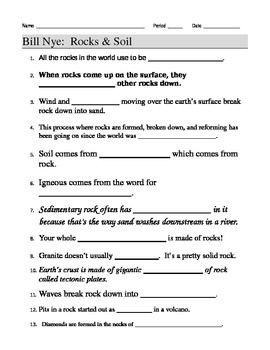




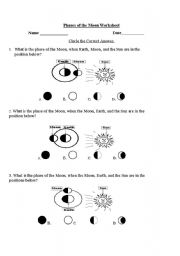

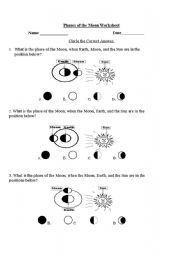
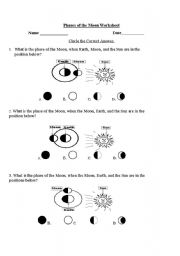
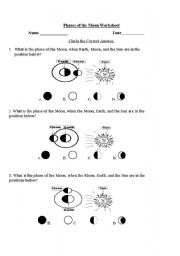
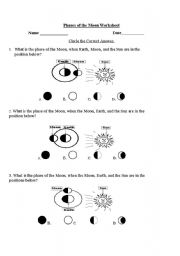
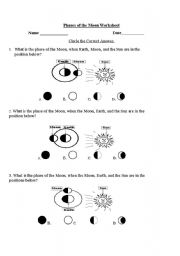
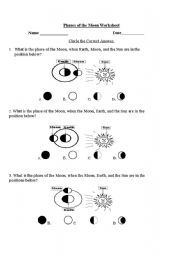
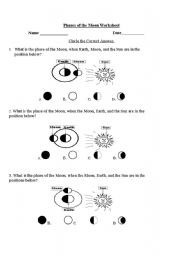
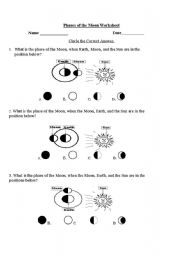
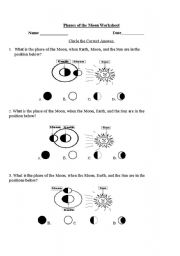
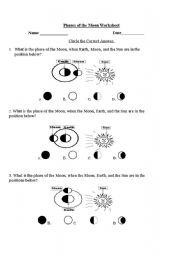















Comments